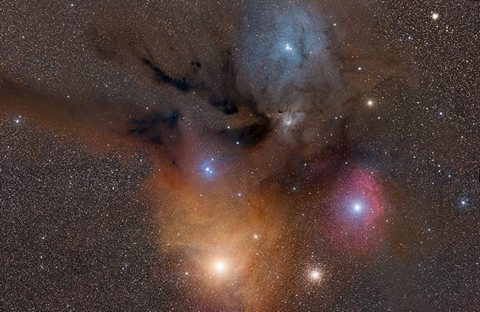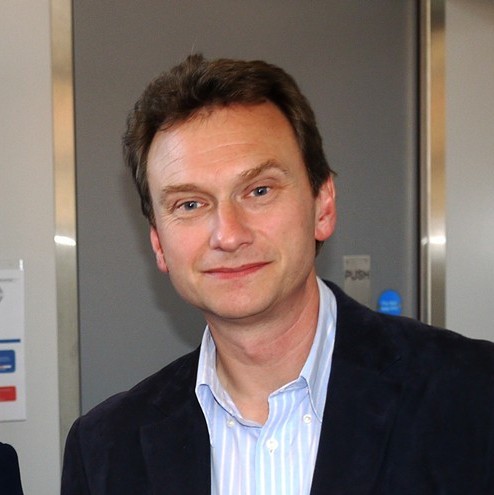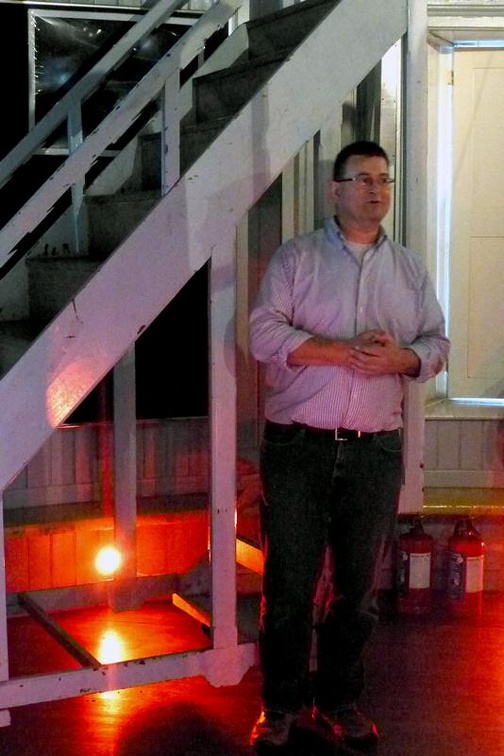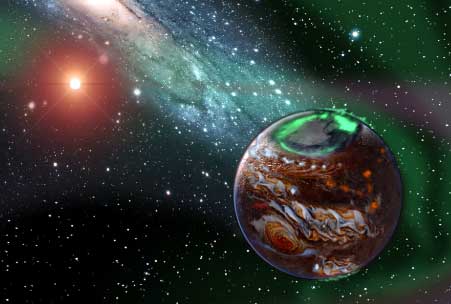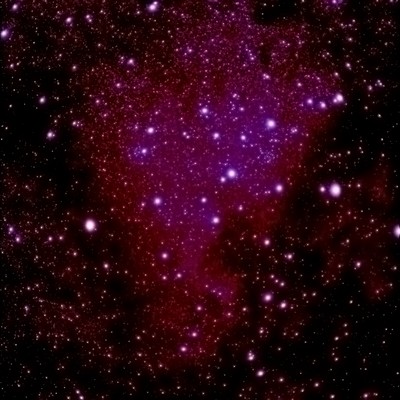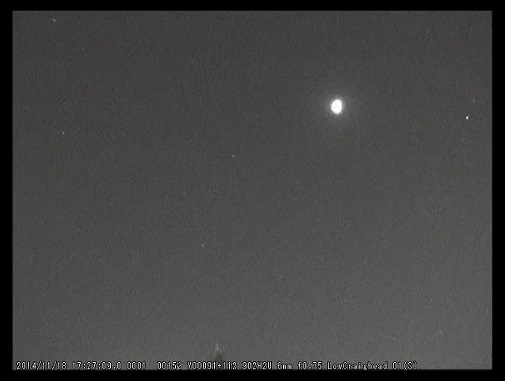Category Archives: Uncategorized
Lecture 21st January 2015 – Professor Alan Fitzsimmons – “Rosetta at Comet 67P/Churyumov-Gerasimenko”
Lecture 7th January 2015 – John Flannery (IAS) – “The Sky by Eye – How to Rediscover the Soul of Astronomy”
Arthur C. Clarke once described the Universe as a device contrived for the perpetual astonishment of astronomers. Anyone can discover that sense of wonder. You just have to look up. It’s a common belief you need some form of optical equipment to witness those astonishing sights but that is not the case.
The Sky by Eye is a list that encourages people to observe the Universe with the unaided eye. It comprises 110 sky objects and phenomena ranging from the whimsical to challenging. Examples include studying the colours of the Moon, tracking a planet through its opposition loop, using a UHC filter to observe deep-sky objects with the unaided eye, observing the broad spectrum of atmospheric optics, and even building medieval astronomical instruments.
The beauty of the Sky by Eye list is that you can delve deeper into areas such as meteor observing or revisit some aspects as your awareness grows. You may take a lifetime to tick off all the sights but the goal is to open your eyes to understanding and appreciating the rhythms of the sky, as well as build a foundation to enhance your enjoyment of astronomy. The list draws on the work of others including Joe Orman, Fred Schaaf, and Chet Raymo who all touch the soul of why we are naturalists of the night.
Naked Eye Comet C/2014 Q2 Lovejoy visible from Ireland!
A new comet discovered by Terry Lovejoy (his 5th!), official name C/2014 Q2, is heading North and has gradually brightened. Currently it shines at magnitude 5.5, barely visible with the unaided eye even in a very dark sky, but relatively easy in binoculars.
IAA member John C McConnell has imaged the comet – shown here, taken with a 50mm lens at f2.2 for 10 seconds.
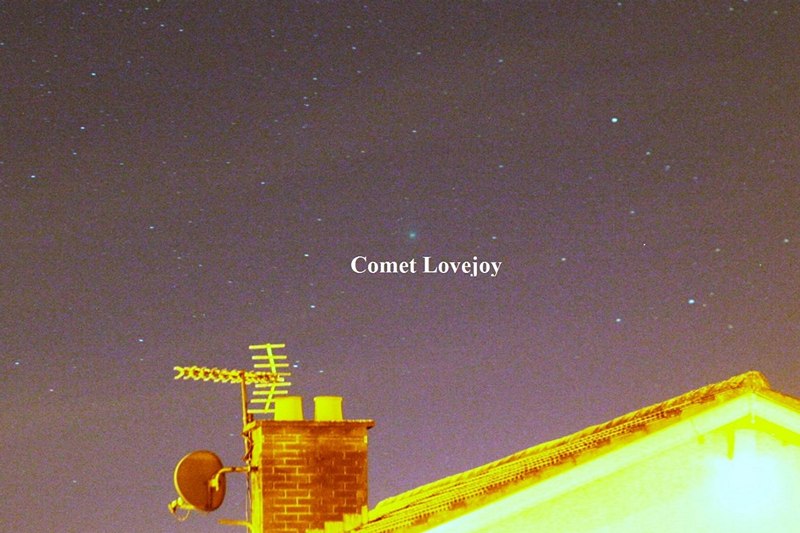
Comet C/2014 Q2 Lovejoy by IAA member John C McConnell 28th Dec 0045 UT
The Comet is currently moving up through Lepus and into Eridanus then on up towards Taurus. It is expected to attain maximum brightness around 7th January when it will be to the upper right of Rigel and almost directly below The Hyades.
Location maps available at Heavens-Above here…
Path through the sky at Virtual Telescope here…
IAA Lecture 17th December: Dr Ernst de Mooij (QUB) – “Characterising the atmospheres of exoplanets”
Over the past two decades more than one thousand planets have been discovered outside our Solar System. What is even more interesting is that we have started to investigate atmospheres of these planets using telescopes both on the ground and in space. In this talk I will show how we can study the atmospheres of these alien worlds, and what we have learned from these observations.
Lecture 3rd December: Prof Tom Ray, of the Dublin Institute for Advanced Studies. Title: “The Einstein Lens and a Tale of Two Eclipses.”
Public Astronomy Night at Slieve Gullion, Sunday 30th November
Check no credit check loans guaranteed australia centrelink.
IAA 40th Anniversary Dinner – Friday 28th November
IAA Lecture, 19th November, Dr Mike Simms – “What meteorites tell us about the early Solar System”
How can we determine the age of a meteorite, or even the Solar System? How can we unravel the processes that formed Earth and the rest of the Solar System from the primordial dust cloud? The presence, or absence, of particular elements and isotopes in meteorites and their components, and the physics and chemistry of those elements, provides abundant clues to what happened in those first few million years.
Ulster Museum Palaeontologist Dr Mike Simms is also one of the UK's foremost experts on meteorites and will explain all in this lecture which is bound to provide a fascinating account of what we can learn from rocks from space!

